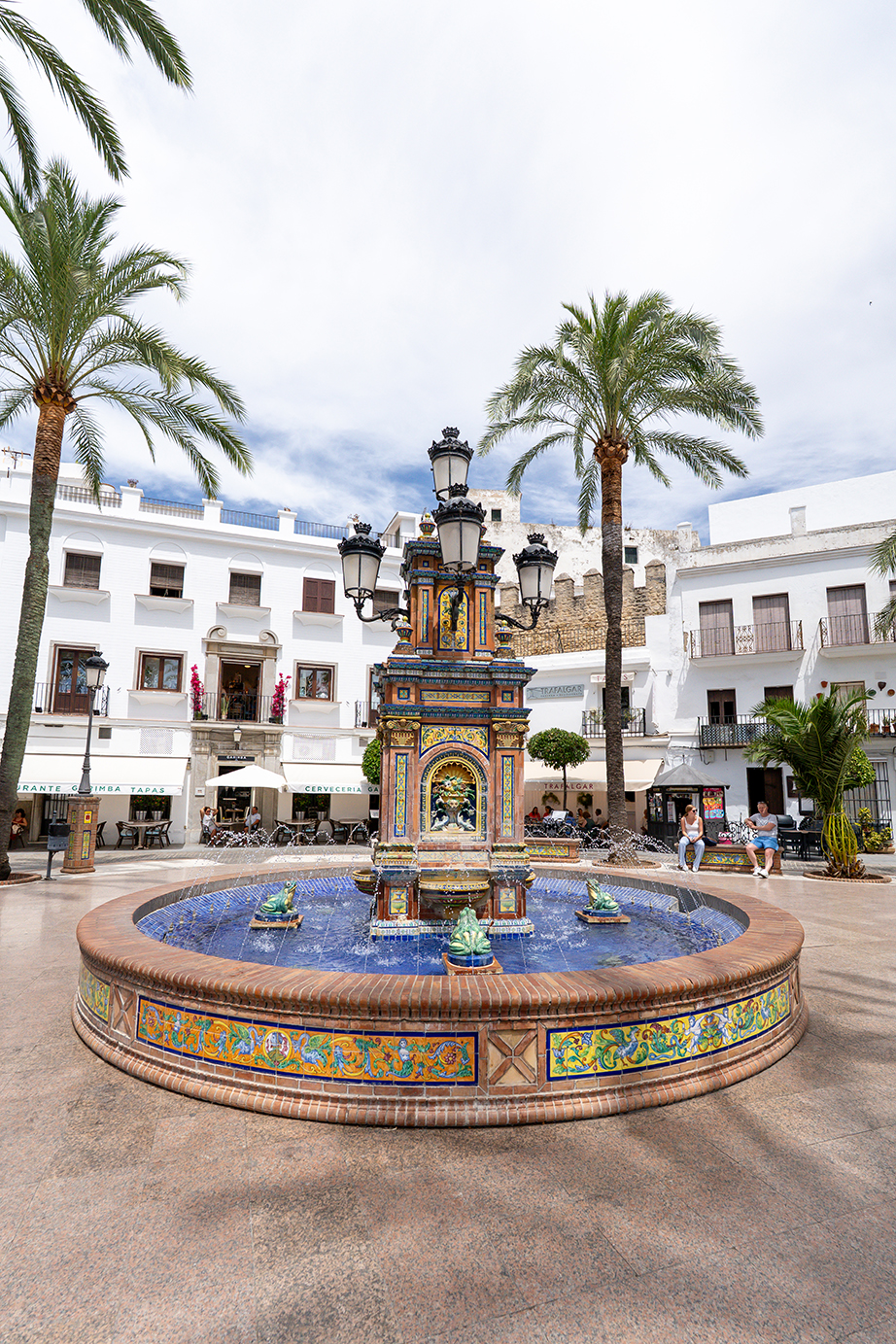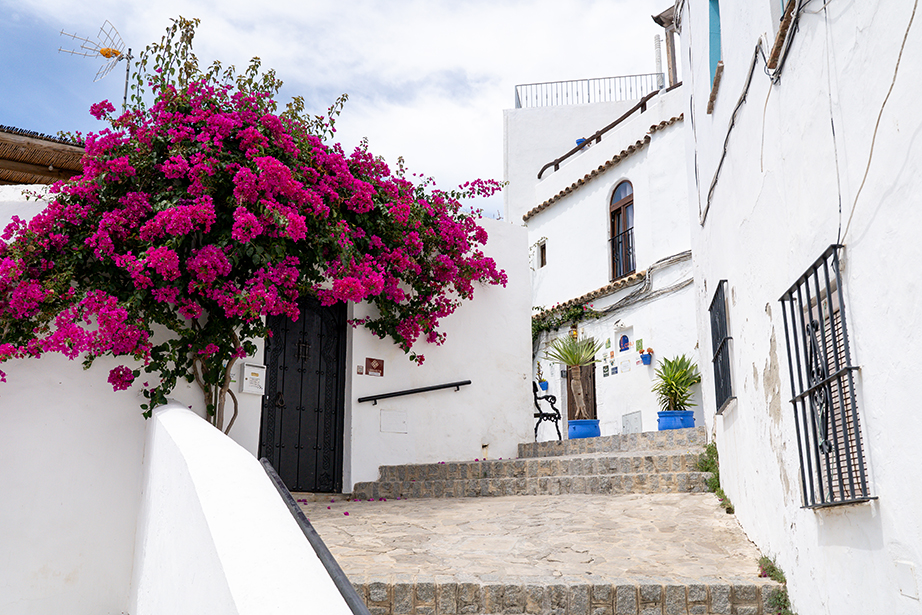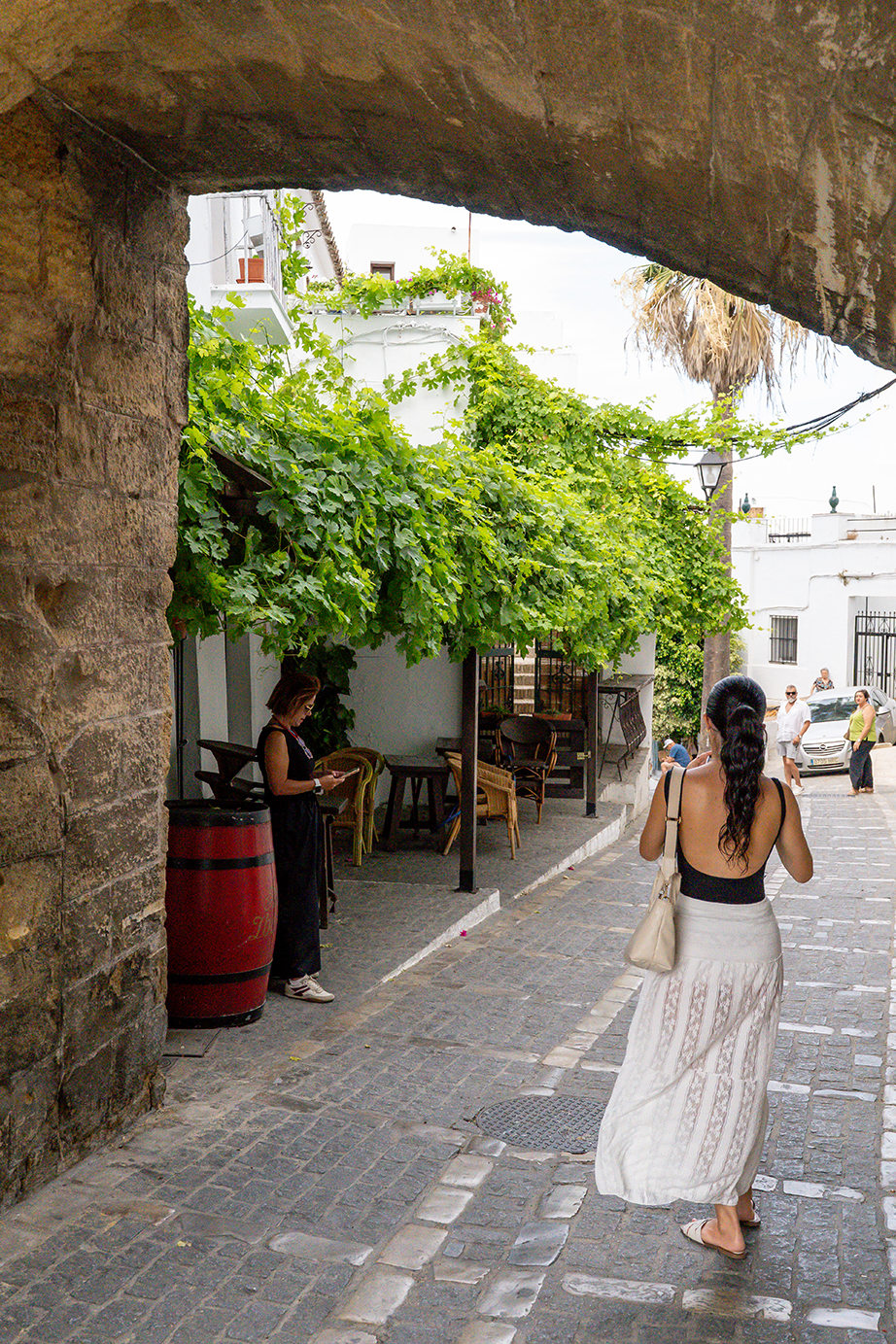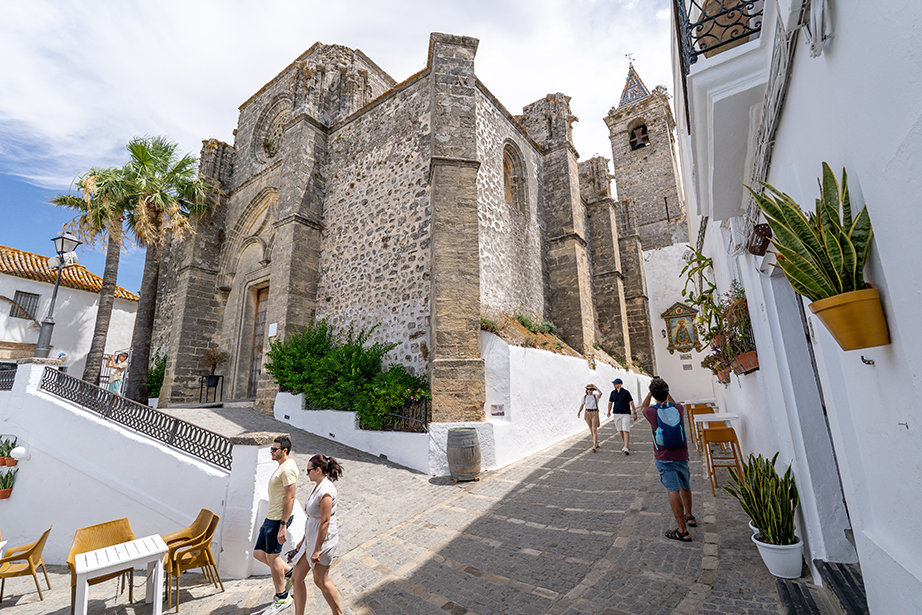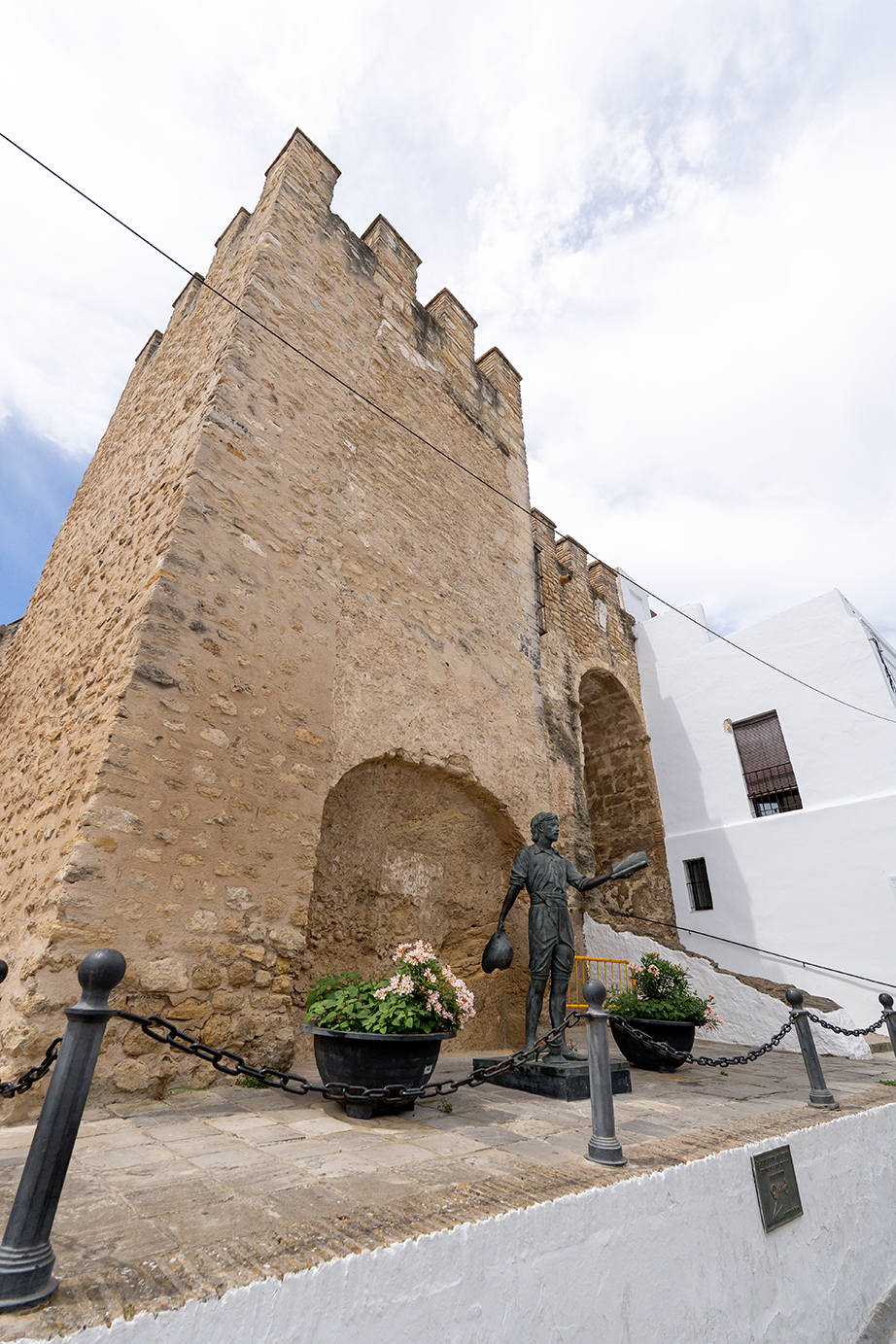Reviving its historic link with Morocco’s Chefchaouen, a small town in southern Spain, proves that cross-border cooperation can dismantle prejudice and offer a working model for the Alliance of Civilizations’ vision of intercultural understanding.
As governments tighten borders and harden rhetoric, some communities are proving that diplomacy can start at street level. In southern Spain, Vejer de la Frontera has revived its historic twinning with Chefchaouen in Morocco—turning a centuries-old shared story into trade, cultural exchange, and human connections that soften mistrust and erode prejudice. It is, on a small scale, the kind of bridge the Alliance of Civilizations envisions: one built not by treaties alone, but by people who choose to see each other as neighbors, a local model for the Alliance of Civilizations that converts the grand political speeches into tangible reality.
Rather than responding to migrant arrivals on its beaches with walls, the small Andalusian hill town of Vejer has chosen to strengthen a symbolic bridge across the Strait of Gibraltar to Chaouen, the name used by Spaniards. The “blue pearl” of Morocco’s Rif mountains is bound to Vejer by deep roots, tangled in both history and legend. A love story tells of Catalina Fernández, a noblewoman from Vejer, and Sidi Ali Ben Rachid, a Moroccan emir. After marrying and converting to Islam, Catalina yearned for her hometown. To ease her homesickness, Ben Rachid recreated it in the Rif with whitewashed walls and narrow streets. For centuries, Chaouen has been the city where Andalusians expelled by the Catholic Monarchs found refuge, as did Jews, who brought with them the tradition of painting the houses blue. Over the centuries, Chefchaouen became a mosaic of cultures, its medina a swirl of cobalt and indigo framed by the green mountains. That shared past has been reclaimed in the present. After a political freeze that cut the official ties created by the signing of the twinning, Vejer’s current government restored the partnership, determined to turn it into a living, working relationship. The results are visible: Vejer residents opening hotels and restaurants in Chefchaouen; Moroccan musicians performing in Andalusian plazas; women’s cooperatives collaborating on both shores of the Strait; artists, teachers, and entrepreneurs moving between the two towns. The commitment is such that Vejer has an informal ambassador to Chaouen, tasked with helping emerging business and cultural initiatives. The two mayors exchange messages almost daily.
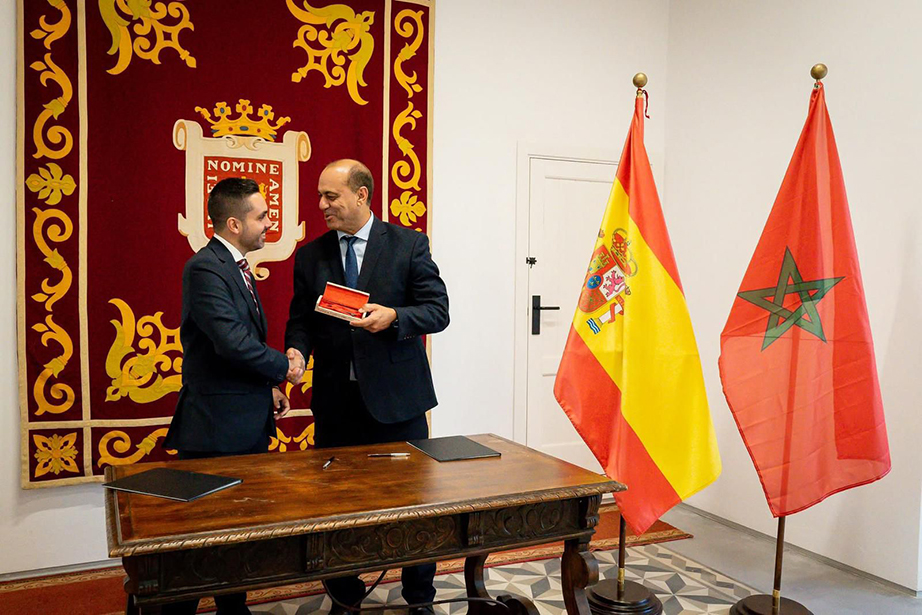
These exchanges have changed minds thanks to the hospitality of Moroccans, who open their homes to visitors. Many of the participants in Vejer’s organized trips are retirees—some skeptical, even prejudiced, before boarding the ferry. They return transformed. “Not a single one came back without a completely open mind—and wanting to return,” says Mayor Antonio González. The hospitality they encounter through shared meals creates bonds that dissolve the prejudice implied by the word “moros” and fosters a warmer reception for Moroccan immigrants in Spain. “The roots of Chefchaouen have sunk deep into the soul of the people of Vejer,” says the mayor. This summer, Vejer celebrated 25 years of this historical twinning, signing new agreements and bringing Moroccan musicians to perform among its old medieval walls, now filled with the sounds of the oud and bendir. The direct contact of listening to music, walking the streets together, reduces stereotypes and helps put present-day conflicts in perspective. Thousands of tourists who flood this coastal city in the summer stumble upon a Moroccan craft market in the plaza and become witnesses to two cultures interacting as equals, offering a living scene of coexistence rather than a tale of border tensions. Many of them end up crossing the Strait themselves, drawn by curiosity about the sister city they heard about over tapas or saw in a photography exhibit.
The experience is so successful that other mayors are reaching out to González to learn about his experience. Vejer is also twinned with Ostuni, Italy, and Amboise, France, serving as a bridge that links the Moroccan town to Europe. “This,” González says, “is the opposite of intolerant policies. I believe Vejer stands as a bastion and, above all, as a reference point for fulfilling the principle that from the local level we can also contribute to the global.”

